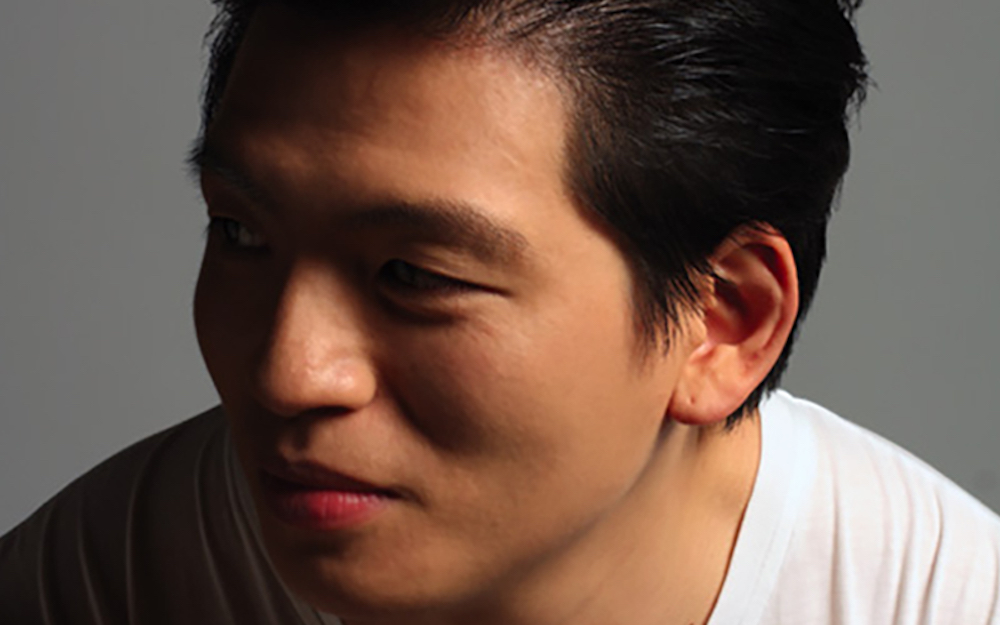Recently, a friend told me about a job she’d had clearing out an apartment in Chelsea. It belonged to a woman who’d recently died, a woman my friend had never met. The woman was a hoarder, and when her apartment became impassible, she’d bought the one next door. In her final days, just enough space was cleared in her first apartment for her bed and hospice nurses. Slowly, my friend pieced together the woman’s life—an antique Chinese tea case shoved full of highlighters, hundreds of self-help books, thousands of photographs. A photo of the woman and her husband, who’d left her in her youth, naked in the bath with their cat; photos from her solo travels to Mongolia, Israel, and China. The woman had died alone, estranged from her family, but in death, through her photographs, my friend fell in love with her. Who wouldn’t? There’s something about encountering only the most intimate remnants of a life that can make us feel it is our own. Something similar happened to the writer Kathryn Scanlan when she came across a stranger’s diary in a box at an estate sale. The diary chronicled the years 1968 through 1972 in a small town in Illinois. Its owner was eighty-six when she began to write in it. For a decade, Scanlan read, cut, reread, and rearranged the words in the diary until she could no longer tell what was her own. The result, an elegant and unpretentious volume published by Farrar, Straus and Giroux next week as Aug 9 — Fog, grants every reader that simultaneous pull between mystery and intimacy. Some pages contain only a single sentence: “Robin on nest today,” “Terrible windy everything loose is traveling.” And yet buried within this pragmatic poetry (“Fog out. I sure slept. Took a Nytol.”) is a life, a death. These barest clues—of new lights installed and tomatoes canned, tombstones bought and weeds tormented, a self-help book with a photograph from decades before tucked inside—are the ones that make us fall in love. —Nadja Spiegelman
Filmed over two nights at a church in Los Angeles, Amazing Grace chronicles the live recording session of Aretha Franklin’s album of the same name. That’s what the movie is, but seeing the movie is a whole other thing. Seeing Amazing Grace is like celebrating an incredible birthday. You feel supreme amounts of joy, you love everyone around you (regardless of whether you invited them), and you receive many, many gifts. There are the obvious ones, like Aretha Franklin’s transcendent voice and Sydney Pollack’s once lost, now found film. But then there are unexpected gifts, like the cerulean velvet seats filling the New Temple Missionary Baptist Church, which coincidentally match Reverend C. L. Franklin’s sharp suit on the second night. There’s the way Ms. Franklin’s eyes, closed as she sings, look like smiles, and how the sweat that beads on her face shimmers and glints like a continuation of her bejeweled dress. At one point, Reverend Franklin, Aretha’s father, addresses the congregation and says something that encapsulates what it’s like to be in the audience of the film: “I saw you crying, and I saw you responding, but I was just about to bust wide open,” he says. “You’re talking about being moved, not only because Aretha is my daughter—Aretha is just a stone singer.” Whether you see this film in theaters or watch it on your laptop, see this film. It will fill you with awe and wonder at what human beings are capable of, and it will be your best birthday ever. —Eleonore Condo

Tom Cho. Photo: Owen Leong.
A raucous book to revisit for the summer is Tom Cho’s 2009 story collection, Look Who’s Morphing. Within each story, Cho lifts various pop culture phenomena and spins them into fantastical tales. In one, the narrator is accosted by the make-up team for The Muppets and turned into a penguin; in another, he becomes a Godzilla-like monster, terrorizing, then performing a concert for, the people of Tokyo. If the transformations sound outlandish, well, they are, and each page explodes its predecessor. But what astonishes me in this book—more than the transformations themselves—is the narrator’s tone and eye. No matter the valence of the shapeshifting, whether it’s in despair or euphoria, the newness is usually remarked upon almost as if in passing, as if the fact of change were a readily accepted truth to living. When his Auntie Wei’s head begins to spin—literally, “the full 360”—the narrator simply muses, “This change in Auntie Wei’s manner disturbs me.” What is it like to live in a world in which morphing is viewed as no more than a change in manner? What is it like to live in a world in which morphing, whether it’s joyous or disturbing, is at least acknowledged as our reality? —Spencer Quong
In the age of social media, the line between performativity and realness is blurred, but we tend to flag it with filters, hashtags, and Photoshop. Then there are posts like Kim Kardashian’s recent #ad for the upcoming animated film The Secret Life of Pets 2. The “gallery” post contains three images, each featuring a side-by-side of Kim and her dog, Sushi. In one, Sushi stands on hind legs wearing an imitation Thierry Mugler dress. In the next, Sushi emerges dripping from a pool with one conspicuous diamond earring. The last is a photo of Sushi wearing glasses at a laptop with a binder labeled “Bark Exam Basics,” a replica of the widely circulated photo that Kim used to announce her law studies. #Ads with the Kardashian clan come at a high cost with a specific demographic, a particular brand of aspirational consumerism I didn’t previously associate with animated talking pets. But the first Secret Life of Pets is the fifth-highest-grossing original worldwide film, making the money behind Sushi’s law-school posturing less outlandish. In the comments of Kim’s post, the designer Manfred Thierry Mugler has written “#Muglerized Sushi.” The layers of context necessary to understanding this comment fascinate me, not to mention my genuine enjoyment of what has to be late-capitalist art, which now exists, cemented by my own doing, on The Paris Review’s website. There is something hilarious and charming about how convoluted but simple Kim’s content is becoming, an earnest ad the result of a compounding social history that transformed a person into a universal billboard, like being asked to look for one’s reflection through a window. —Nikki Shaner-Bradford
The poems in Hilda Hilst’s Of Death. Minimal Odes seem, when you open the book, just that: untitled, all short and spare, the language simple and unadorned. Each ode, though, can be unpacked to reveal depths that can’t be seen at first glance. Ode XI, for example, has in Laura Cesarco Elgin’s translation the structure of a ballad or a bedtime story: “Will you take with you / these old eyes of mine?” it begins, the speaker asking to keep eyes and mouth and ears, her “exact nose.” The ending takes a turn: “And my voice and song? … Oh, take those with you. / For me.” Ode XXIX has a stop-and-start rhythm that becomes almost physical, a series of p’s—provei, perda, partidas, pó—that takes your breath away. But the odes’ true magic is one of accretion, and this book, published by co•im•press last year, is best returned to often, for another look, another address, another point of view. In Ode XXVI, Hilst asks her subject a direct question: “What do you want, death / dressed as flower and fountain?” I’m still thinking about the answer: “—To look at life.” —Hasan Altaf
from The Paris Review http://bit.ly/2I9pZRH


Comments
Post a Comment